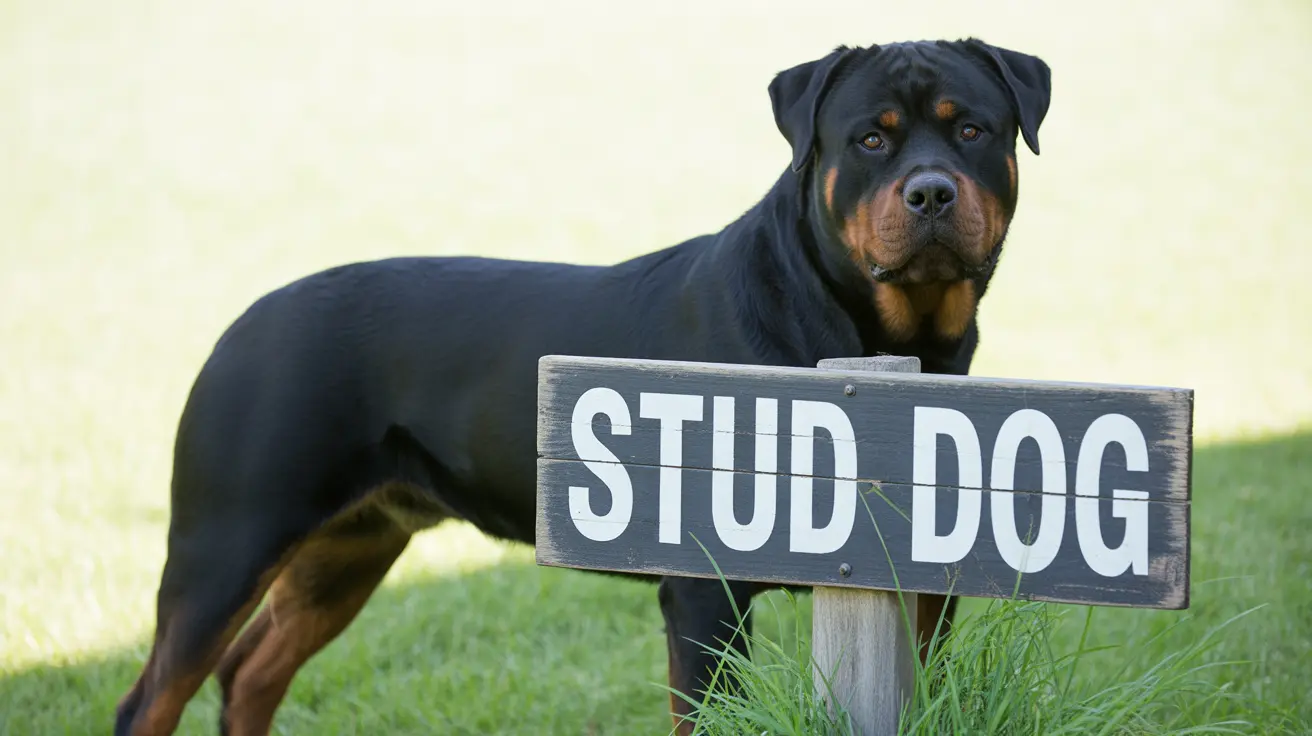When it comes to dogs, understanding proper terminology can be surprisingly complex. While we commonly refer to all dogs simply as "dogs," there are specific terms used for male dogs in different contexts. Whether you're a new pet owner, aspiring breeder, or just curious about canine terminology, this comprehensive guide will explain everything you need to know about what male dogs are called.
Basic Terminology for Male Dogs
In everyday language, a male dog is simply called a "dog." This term has evolved over centuries, originally referring specifically to male canines before becoming the general term for the entire species. While this might seem overly simple, it's the most commonly accepted and widely used term in casual settings.
Professional Breeding Terms
In professional breeding circles, male dogs have several specific designations:
Stud Dogs
A "stud" or "stud dog" refers to an unaltered male dog used for breeding purposes. These dogs are carefully selected based on their genetics, health, and conformity to breed standards. Stud dogs play a crucial role in maintaining and improving breed characteristics.
Sires
Once a male dog has produced offspring, he becomes known as a "sire." This term is commonly used in pedigree documentation and breeding records to indicate the father of a litter. The term "sire" is particularly important in tracking bloodlines and maintaining accurate breeding histories.
Working and Show Dog Terminology
In professional settings such as dog shows, working environments, or veterinary contexts, male dogs might be referred to by various terms depending on their role:
- K9 units (police and military dogs)
- Service dogs
- Show dogs
- Working dogs
Medical and Veterinary Terms
In veterinary settings, male dogs are typically referred to using straightforward terminology:
- Intact male (unaltered)
- Neutered male
- Male puppy (for young dogs)
Historical Context and Evolution
The terminology for male dogs has an interesting historical evolution. The word "dog" itself comes from Middle English "dogge" and was originally used exclusively for males. Over time, as language evolved and society changed, "dog" became the generic term for the species, while specialized terms emerged for specific contexts.
Cultural Impact and Modern Usage
Today's usage of male dog terminology reflects both traditional practices and modern sensibilities. While breeding and show circles maintain formal terminology, everyday language tends to be more casual and simplified. This evolution shows how language adapts to changing social norms while preserving necessary technical distinctions in professional settings.
Frequently Asked Questions
What is the standard term used to refer to a male dog in everyday English?
In everyday English, a male dog is simply called a "dog." This is the most common and widely accepted term in casual settings.
What do breeders call a male dog selected specifically for mating and producing puppies?
Breeders refer to a male dog selected for breeding as a "stud" or "stud dog."
What does the term "sire" mean in relation to male dogs and breeding?
"Sire" refers to a male dog who has fathered puppies. This term is commonly used in breeding records and pedigree documentation.
Is there a special name for a neutered male dog, and how is neutering different from spaying?
There is no special name for a neutered male dog - they are simply called "neutered dogs." Neutering refers to the removal of male reproductive organs, while spaying is the equivalent procedure for females.
Why do male dogs not have a unique name like female dogs are called "bitches" in breeding contexts?
Historically, "dog" was the specific term for males, but it evolved to become the generic term for the species. While "bitch" remained a technical term for females in breeding contexts, no equivalent specialized term developed for males in common usage.
Understanding the terminology for male dogs helps facilitate clear communication in both casual and professional settings. Whether you're discussing your family pet or working in a professional capacity with dogs, knowing these terms ensures you can communicate effectively about our canine companions.






